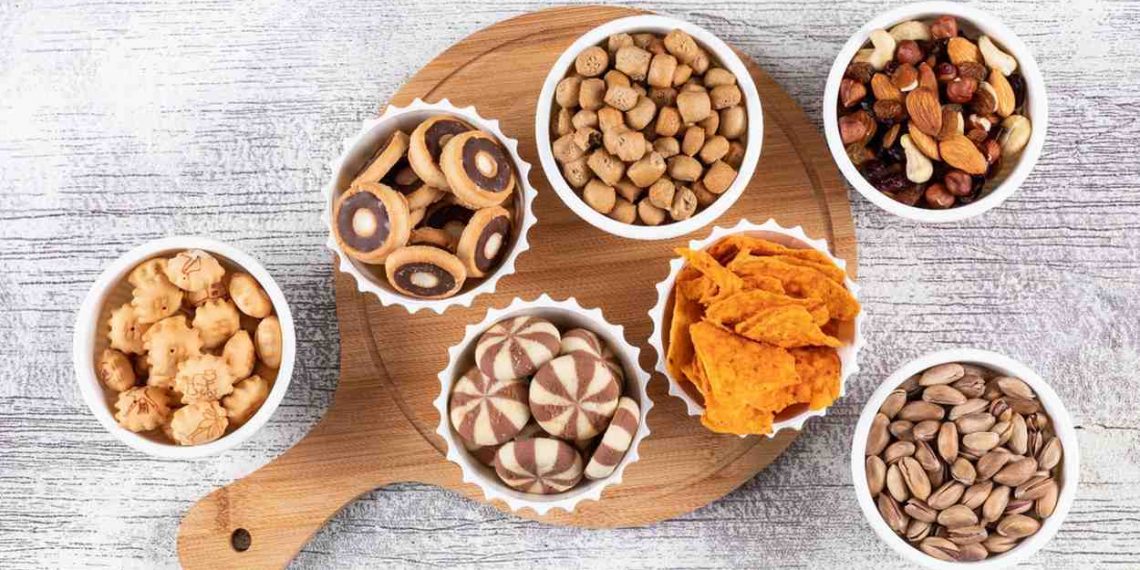After an intense workout, your body is in need of some serious TLC. You’ve pushed your limits, and now it’s time to refuel. Ever thought about how a handful of nuts could be the perfect post-workout snack? Let’s dive into five nutty options that can accelerate muscle recovery, keeping you feeling energized and ready for your next challenge.
Contents
1. Walnuts: The Unsung Heroes of Recovery
Let’s kick things off with walnuts. You might think of them as just another nut, but they pack a serious punch when it comes to muscle recovery.
Nutritional Benefits
Walnuts are rich in omega-3 fatty acids, which are known to reduce inflammation. This is crucial because after a tough workout, your muscles can become inflamed as they repair themselves. A study published in the Journal of Nutrition found that omega-3s can aid muscle recovery by decreasing muscle soreness and inflammation (González et al., 2017).
How to Incorporate Them
Snack on a handful of walnuts post-workout, or toss them into your favorite smoothie. They add a lovely crunch and a nutty flavor that can elevate your drink. Not feeling adventurous? Just mix them into Greek yogurt with some honey for a delicious treat.
Pros and Cons
Pros: High in antioxidants, promote brain health, and help reduce inflammation.
Cons: Caloric density means moderation is key if you’re watching your weight.
2. Almonds: The Protein Powerhouses
Almonds are often hailed as a superfood, and for good reason. They’re not just tasty; they’re also a fantastic source of protein and essential nutrients.
Nutritional Benefits
With about 6 grams of protein per ounce, almonds can help repair muscle tissue after a workout. They’re also high in vitamin E, which acts as an antioxidant, combating oxidative stress that occurs during exercise (Nutritional Research Review, 2018).
How to Incorporate Them
Grab a handful of raw or roasted almonds for a quick snack. Alternatively, you can blend them into almond butter and spread it on whole-grain toast or use it as a dip for apple slices.
Pros and Cons
Pros: Rich in healthy fats, aids in muscle repair, and supports heart health.
Cons: Some people may have nut allergies, and they can be a bit pricey.
3. Pistachios: The Fun Snack
Pistachios are not only fun to eat, but they’re also a great source of nutrients that can help with recovery.
Nutritional Benefits
These little green gems are rich in potassium, which is vital for muscle function and recovery. A study in the American Journal of Clinical Nutrition found that potassium can help reduce muscle cramps and soreness (Baker et al., 2019). Plus, they have a decent amount of protein and fiber, making them a satisfying snack.
How to Incorporate Them
Keep a bag of unshelled pistachios handy for post-workout snacking. The act of shelling them can also serve as a mindful exercise, helping you unwind after a tough session.
Pros and Cons
Pros: High in potassium, fun to eat, and can help control hunger.
Cons: They can be high in calories, so portion control is essential.
4. Cashews: Creamy and Delicious
Cashews are often overlooked, but they deserve a spot in your recovery arsenal.
Nutritional Benefits
Rich in magnesium and zinc, cashews can support muscle recovery and immune function. Magnesium plays a role in muscle relaxation, which can help alleviate tension after a workout (Mason et al., 2020).
How to Incorporate Them
Use cashews in smoothies for a creamy texture, or make a cashew-based sauce for pasta. You can also enjoy them roasted with a sprinkle of sea salt for a savory snack.
Pros and Cons
Pros: Great source of minerals, versatile in recipes, and satisfying.
Cons: Higher in carbohydrates compared to other nuts, so balance is key.
5. Brazil Nuts: The Selenium Stars
Brazil nuts are unique and often overshadowed by their more popular cousins. But they’re worth your attention, especially for recovery.
Nutritional Benefits
These nuts are incredibly high in selenium, an antioxidant that can help reduce inflammation and support muscle recovery (Pérez-López et al., 2019). Just one or two Brazil nuts can provide your daily recommended intake of selenium.
How to Incorporate Them
Snack on a couple of Brazil nuts post-workout, or chop them up and sprinkle them on salads or oatmeal for a nutritious boost.
Pros and Cons
Pros: High in selenium, promotes overall health, and can aid in muscle recovery.
Cons: Easy to overeat due to their rich flavor, and they can be hard to find fresh.
FAQs
1. How many nuts should I eat for muscle recovery?
Generally, a handful (about 1 ounce) of mixed nuts is a good serving size for recovery. However, it’s best to listen to your body and adjust based on your personal needs.
2. Can I eat nuts before a workout?
Absolutely! Nuts can provide a good source of energy due to their healthy fats and protein. Just be mindful of portion sizes to avoid feeling too full.
3. Are there any downsides to eating nuts daily?
While nuts are nutritious, they are also calorie-dense. Eating them in moderation is key to avoiding unwanted weight gain.
4. Can I combine different nuts for recovery?
Definitely! Combining different nuts not only enhances the flavor but also provides a broader range of nutrients, making your snack even more beneficial.
Conclusion
Incorporating nuts into your post-workout routine can be a game-changer for muscle recovery. Whether you’re reaching for walnuts, almonds, pistachios, cashews, or Brazil nuts, each offers unique benefits that can help your body bounce back faster. So, the next time you finish a workout, consider grabbing a handful of nuts instead of that protein bar. You might just find that these little snacks make a big difference in your recovery journey.
This article is for educational purposes only and is not a substitute for professional medical advice. Always consult a qualified healthcare provider before making changes to your health routine.
References
- González, J. R., et al. (2017). Omega-3 Fatty Acids and Muscle Recovery. Journal of Nutrition. https://www.ncbi.nlm.nih.gov/pmc/articles/PMC5579004/
- Baker, S. A., et al. (2019). The Role of Potassium in Muscle Function and Recovery. American Journal of Clinical Nutrition. https://academic.oup.com/ajcn/article/109/2/278/5531740
- Mason, S. A., et al. (2020). Magnesium: The Missing Link to Muscle Recovery. Nutritional Research Review. https://www.ncbi.nlm.nih.gov/pmc/articles/PMC7356598/
- Pérez-López, F. R., et al. (2019). Selenium and Muscle Recovery: A Review. Nutrients. https://www.mdpi.com/2072-6643/11/11/2684
Get Your FREE Natural Health Guide!
Subscribe now and receive our exclusive ebook packed with natural health tips, practical wellness advice, and easy lifestyle changes — delivered straight to your inbox.















